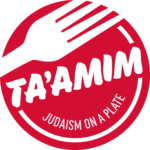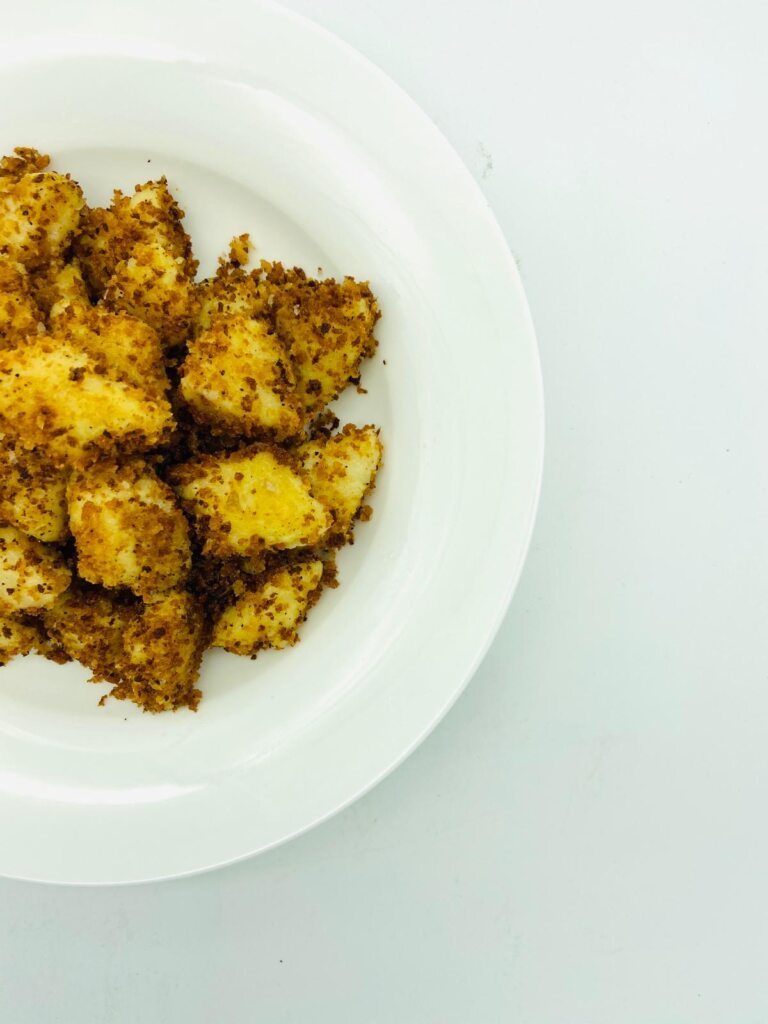Shliskas are Hungarian potato dumplings that are almost exactly like gnocchi with a Jewish twist.
How much do we actually know about Jewish food? We each feel like experts on Bagels and challah, cholent, and gefilta fish, but in truth, there are so many incredible Jewish foods still waiting to be discovered. Waiting to be served and their stories waiting to be told. There are communities even in this day and age we don’t really know much about. We may know what other Jewish communities look like, sound like, but do we know what they eat? For example, South African Jews serve an incredible amount of salads for Shabbat lunch, and they all seem to have fruits in them. Jews of Caracas serve arepas for the first meal after Pesach and Italian Jews top spinach with raisins and pine nuts.
One of the communities I know least about is the Chassidish, most probably because they aren’t all that active on social media. But years ago I remember going with my parents to Borough Park and shopping in a Chassidish take-out food shop. In the window display along with side dishes such as farfel and stuffed cabbage were little potato dumplings covered in golden breadcrumbs. This was before I knew that gnocchi existed, so I couldn’t draw any comparison. All I knew is that biting into a Shlishka was like biting into potato pillowy goodness with a crunch.
Is this dish exclusive to the Chassidish Hungarian community? Probably not, is it of Hungarian origin? Yes. Central Europeans are great dumpling makers, they started making dumplings in the early middle ages, using leftover bread, and then flour and water, they used grains such as buckwheat and rye, and when the potato became a ubiquitous part of Eastern and Central European cooking, potato dumplings became super popular. There is a traditional Hungarian dish reserved for late summer, where fresh plums are encased in potato dumpling dough, boiled, and then rolled in sweetened buttered breadcrumbs.
Potato dumpling just made sense in a Jewish kitchen, a way to use up leftover mashed potatoes, topped with bread rather than cheese and flavored with shmaltz, the perfect festive yet inexpensive side dish. I truly can’t wait to learn more, to taste more to experience more, even if more is just a dumpling!
For potato dumplings:
- 700g ( ½ lbs) baking potatoes
- 125g (1 cup) plain (all-purpose) flour
- 2 egg yolks
- 1 teaspoon salt
- 3 tablespoons
For bread crumbs:
- 4 tablespoons butter, melted/shmaltz, melted/olive oil
- 1 cup panko crumbs
- 1 ½ teaspoon garlic powder
- 1 ½ teaspoon salt
- Heat the oven to 200℃ (400℉). Scrub well the potatoes Prick each potato in a dozen places with a fork. Bake directly on an oven rack until easily pierced with a fork, about 1 hour. Once cool enough to handle, peel the potatoes using a potato ricer, rice the potato onto a baking sheet, and spread it out to let as much steam escape as possible. Once all the steam has dissipated make the Shlishka dough.
- Place the riced potato into a large bowl and add ¾ of the flour, the egg yolks, and salt. Mix ingredients into the potato using a dough scraper or spatula until combined. Turn the dough out onto a floured work surface and briefly knead until smooth.
- Bring half a pot of well-salted water to a slow boil. Have ready: either 3 tablespoons butter, melted, shmaltz, melted, or extra-virgin olive oil. Roll about 2 tablespoons of the dough into a 2cm (¾-inch) thick log. Cut crosswise into 2 cm (¾-inch) pieces. Test the Shlishkas by dropping a few into the simmering water and cooking until they float, about 2 minutes. They should hold a firm shape and be chewy to the bite. If they are too soft or disintegrate, knead into the dough up to 3 tablespoons flour. Test again. When the dough is right, roll the rest of the dough into three or four 2cm (¾-inch) thick ropes. Cut the ropes into 2cm (¾-inch) pieces.
- Drop one-third to half of the Shlishkas (one Shlishka at a time) into the pot and simmer, uncovered, until they float, then remove with a slotted spoon or skimmer to a wide bowl. Never drain Shlishkas by pouring the contents of the pot into a colander. Drizzle some of the melted butter/shmaltz/olive oil over the Shlishka. Toss to coat. Repeat until all the Shlishkas have been boiled.
- Heat a large frying pan over medium-high heat until very hot, add butter/shmaltz/olive oil to pan and heat until sizzling, add the panko crumbs, garlic powder, and salt and saute until the crumbs are golden. Put the crumbs to the side of the pan and add the Shlishkas one at a time to the hot pan, once you have added about a third of the Shlishkas gently mix into the crumbs and put the mixture to the side of the pan, add the next third of Shlishkas and mix them in as well, once more putting the mixture to the side of the pan, add the remaining third and toss with the rest of the Shlishkas in the pan. Serve hot.
- To make Shlishkas ahead, spread uncooked Shlishkas on a lightly floured baking sheet and freeze until hard, then transfer to a freezer bag or container; they will keep frozen for up to 1 month. Cook directly from the freezer, adding about 1 minute to the cooking time. And proceed with the breading as above. Fully cooked Shlishkas can be made a day ahead, and reheated in the oven in a single layer, that said they do taste best fresh.


